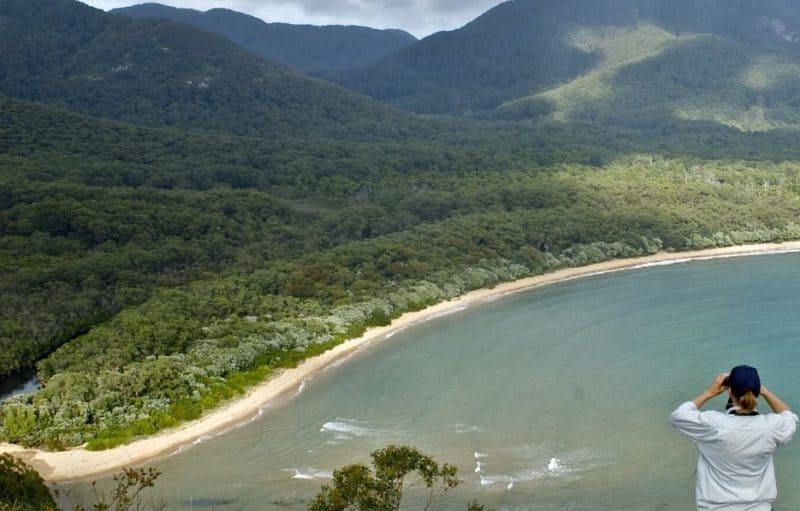Our deepest appreciation goes out to the firefighters, emergency services, park rangers, community volunteers, wildlife carers and health workers on the frontline. Our thoughts are with everyone who has been touched by this crisis. – VNPA staff and volunteers.
Victoria is facing an unprecedented fire season.
More than one million hectares has burnt across the state already. Fire has already had a huge impact on the safety and wellbeing of regional and First Nation communities.
The fires have caused, and will continue to cause, great suffering and destruction to Victoria’s wildlife and on some of our beloved natural areas, many of which we have together sought to protect.
Victoria is one of the most fire prone places on earth, and this is being made a far more severe problem by human-induced climate change.
Fire has long been a perfectly natural disturbance in the Victorian bush, but in recent years many of our special natural areas have been experiencing fire too frequently. This leaves insufficient time for habitats to recover. Even our normally fire-resistant temperate rainforest areas are burning, a situation for which they have not evolved survival strategies. Read more here.
Wildlife and fire.
Sadly, many animals have been killed and will continue to perish following the fires. More here.
This can be devastating for endangered species like the brush-tailed rock wallabies of the upper Snowy River, but also a problem for common species already experiencing a decline in populations.
Here lies the challenge: many species are not given time to replenish before another threat comes along, whether it is more fire, predators, pest animals such as deer which eat regrowth and trample already polluted wetlands and waterways – or the logging of either burnt or unburnt areas.
Recovery and what next.
Once these fires are controlled, we will need urgent surveys, condition assessments and expert management advice and action for the recovery of critically threatened species and highly localised habitats. Every bit of unburnt bush is now a vital refuge for the recovery of species, especially in East Gippsland and the North East. See more here.
We will also need considerable resources, over some time, for the recovery of rural towns, communities, and families impacted by fire.
What we know is that with a changing climate we need a dynamic approach to fire. We need evidence-based strategies, and a long-term and creative approach to how best to protect our lives, natural heritage, and property.
While this season’s fires are not yet out and may burn for some time, efforts are already shifting from response to recovery for many local communities.
Inevitably, there is community and political debate about causes and remedies of the bushfires. A confusing array of opinions and information is circulating in the media about the role of fuel reduction burning, the role of parks and fire, how best to respond and so on.
What we know is that with a changing climate we need a dynamic approach to fire. We need evidence-based strategies, and a long-term and creative approach to how best to protect our lives, natural heritage, and property.
Measured commentary:
- The Age Leaked report lays bare environmental devastation of Victorian fires
- The Age Scientists warn forest industry plan could increase fire risk
- The Guardian Factcheck: are national parks ‘locked up’ and more vulnerable to bushfires?
- RMIT ABC Fact Check Are hazard reduction burns effective in managing bushfires?
- ABC Victorian fire chief says calls for more fuel reduction burns are an ’emotional load of rubbish’
- The Guardian Explainer: how effective is bushfire hazard reduction on Australia’s fires?
- The Age Prescribed burning: what is it and will more reduce bushfire risks?
How you can help.
If you’re wondering what you can do to help, here’s a list of organisations to support.
- There’s now an official Victorian Bushfire Disaster Appeal.
- The Gippsland Emergency Relief Fund provides emergency cash assistance to families affected by the fires.
- Wildlife Victoria is collecting for wildlife shelters and carers.
- East Gippsland Bushfire Wildlife Emergency Fund.
Staying informed.
We urge anyone contemplating travel or going out to the bush to carefully check current fire safety information, by visiting:
- The Vic Emergency webpage: www.emergency.vic.gov.au/respond
- The Victorian government’s VicEmergency App: www.cfa.vic.gov.au/plan-prepare/vicemergency-app
Stay safe and take care.
More
We have put together answers to questions about fire management in Victoria. You can find them here.
